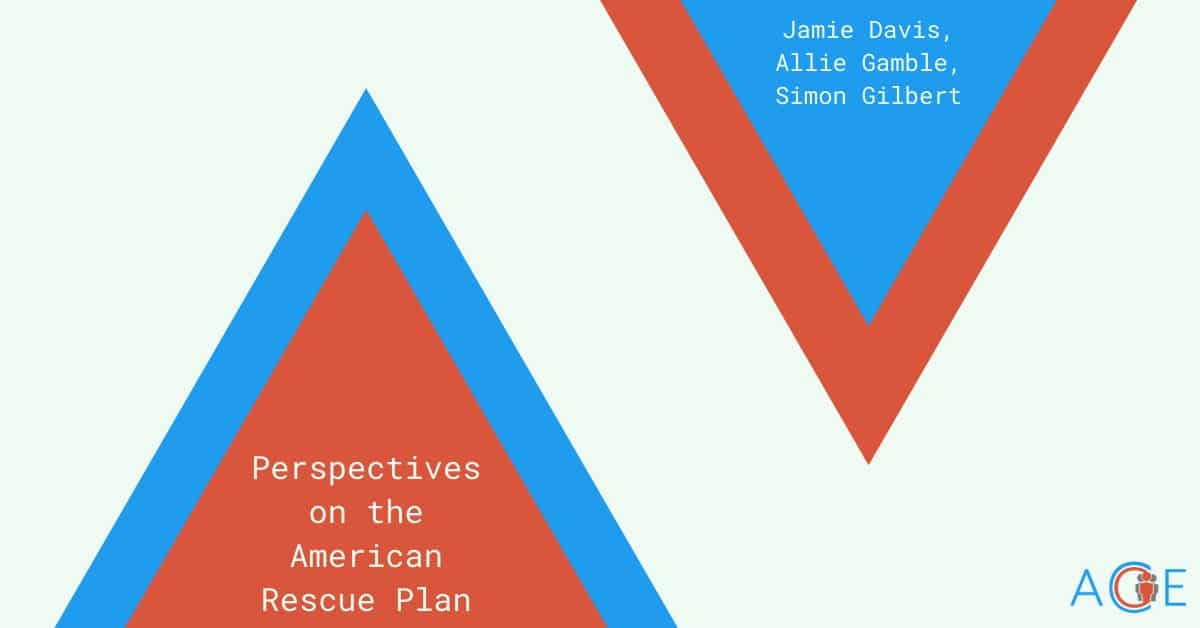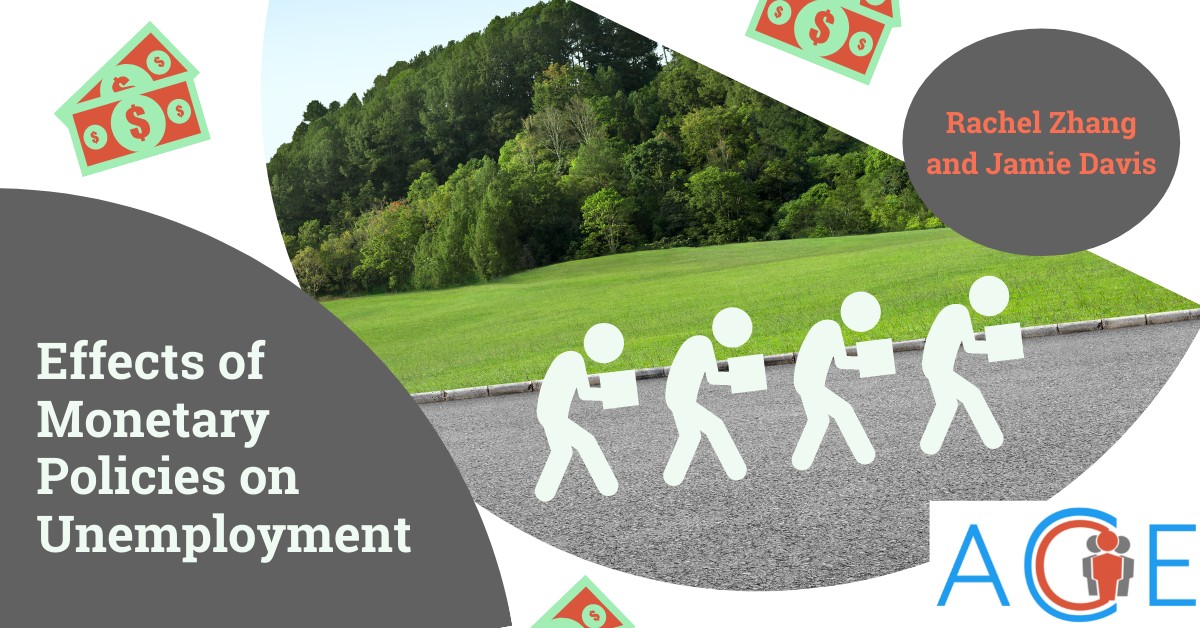The American Rescue Plan Act of 2021, or American Rescue Plan, is a COVID-19 stimulus bill consisting of a package of roughly $1 trillion towards economic recovery and assistance in response to the Coronavirus Pandemic. The American Rescue Plan, or ARP, was signed into law by President Biden on March 11, 2021 as an extension of the previous stimulus package. The passing of the ARP comes a year after the Coronavirus Aid, Relief, and Economic Security Act, or the CARES Act, which was signed into law by President Trump on March 27, 2020.
Components of the ARP
The ARP contains many extensions of provided benefits under the CARES Act. One of the prominent extensions included in the ARP is the Pandemic Unemployment Assistance, or the PUA, which is an unemployment insurance program that covers unemployment benefits for qualifying citizens. Under the CARES Act, the PUA was scheduled to terminate in December of 2020 after providing 39 weeks of benefits. This timeline has been extended to 79 weeks under the ARP, providing benefits through September 6, 2021. However, the ARP only gives states the option to extend unemployment benefits, since the power to give out unemployment benefits rests with individual states.
The ARP also provides pandemic relief for state and local governments through “$219.8 billion, available through December 31, 2024, for states, territories, and tribal governments to mitigate the financial consequences of COVID-19.” This funding is directed to be used as pandemic relief, such as assistance for households, small businesses, nonprofits, or commercial industries; increasing employee wages or providing grants to employers; aiding to resolve the reduction in state revenue, territories or tribal governments; and investing in infrastructure.
The bill also provides relief via tax cut: for people who claim the extended unemployment benefits, up to $10,200 will be waived from their federal taxes. This component of the law will have the largest effect on the deficit according to the Congressional Budget Office.
Critiques of the ARP
Many argued the ARP was unnecessary considering unemployment rates showed a decreasing trend months before the ARP was passed (seen in Figure 1 and Figure 2). National and state unemployment rates were increased by the consequences of COVID-19. However, these trends shifted after the first stimulus packages from the CARES Act came into effect, causing a steady decrease in national and state unemployment rates through late 2020 and into 2021. The ARP was passed in March of 2021 while unemployment rates were decreasing throughout the United States. This led some economists and politicians to consider the plan excessive or unnecessary, as the ARP includes not only stimulus covering the repercussions of the health crisis, but also a multitude of unemployment programs.
Source: Congressional Research Service
The above graph displays the United States’ national unemployment rate between 2005 and 2021. After hitting a peak of 14.8% in April of 2020, the unemployment rate began a steady decline, reaching 5.8% in May of 2021.
Disputes over the unemployment provisions of the American Rescue Plan remain contentious and are largely fueled by a fundamental disagreement over the role of government in economic policy. One side advocates for laissez-faire capitalism—a system in which the government stays out of the economy and allows individuals to independently make economic decisions. The other is in favor of a more Keynesian approach. Keynesian economics theorizes that increased government spending and lower taxes are necessary during economic downturns in order to stimulate the economy. Those who support Laissez-faire economics believe that government intervention in free markets creates market distortions in the long run, in this case potentially discouraging those receiving benefits from actively seeking new employment. There are further concerns that these temporary provisions may remain in place even after the economy recovers, resulting in a soaring deficit. On the other hand, believers in Keynesian economics argue that the government has a responsibility to provide bailouts and other forms of support to citizens during recessions. Proponents of this view point out that shutdowns in the interest of public health caused unemployment to soar and argue that the unemployment compensation will bolster the economy.
The debate over this provision boils down to a debate over liberty versus equity, with advocates for liberty arguing in favor of lower taxes and minimal social safety nets, while advocates for equity argue that greater public welfare is more important than lower taxes. Equity proponents point to studies that estimate the expansion of the child tax credit could reduce child poverty in the US by 45%, lifting millions of children out of poverty. Conversely, liberty proponents say that money belongs to those who earn it, that private individuals use capital more efficiently than the government, and that high taxes discourage investment.
The ARP also designates nearly $350 billion for states’ budgets, which cannot run deficits in the same manner as the national government. $220 billion of those funds are for states to balance their budgets, which have suffered as a result of the COVID-19 recession, according to the Biden administration. The rest of the funds are specifically designated for states in dealing with the COVID-19 pandemic and its economic focus on reopening in-person primary education. The two categories of education relief are funds to address learning loss due to online schooling and virus mitigation efforts in school, particularly improving ventilation.
Once again, disagreements here can be understood as an argument between Laissez-faire capitalism and Keynesian economics. Critics of this provision point out that many states—including California, New Jersey, Texas, and Arizona—ended the fiscal year with surpluses, arguing that this aid is misdirected and that unconditional bailouts for pension funds represent a moral hazard, a fundamentally Laissez-faire argument. Proponents of Keynesian economics largely support the federal aid for state governments, arguing that it is about more than just replacing tax revenue lost during the pandemic, and more importantly represents an attempt at boosting economic growth because state governments typically invest large portions of their budgets into economic drivers like education and infrastructure.
Much of the debate surrounding the remaining provisions of the bill is centered on whether or not this bill was truly a coronavirus relief bill, as the Treasury Department claims. Some say that because only 9% of the American Rescue Plan’s funds are for direct COVID-19 relief, the bill is too broad and more closely resembles broad economic stimulus. Whether the bill is understood as coronavirus relief or broad economic stimulus, disagreements over the inclusion of the remaining provisions are again centered around a fundamental disagreement over whether governments should practice Laissez-faire capitalism or Keynesian economics, with Laissez-faire capitalism advocates arguing that the bill represents the government exceeding their ideally minimal role in regulating the economy. On the other hand, Keynesian economics supporters say that these stopgap measures are necessary to help millions of people who are struggling through no fault of their own.
Reflection Questions
- Is the American Rescue Plan a COVID-19 relief bill or broad economic stimulus?
- Are you more in favor of Laissez-faire capitalism or Keynesian economics?
- What parts of the ARP would you prefer the federal government renew or make permanent?
- What do the details about the funding mechanisms reveal about federalism and its constraints on national policy making?
- Where in your daily life do you observe the ARP’s footprint?


